"What is causing the world's energy crisis?" Too many people!
Europe's energy crisis, and what governments are doing about it
The reasons behind your skyrocketing bills
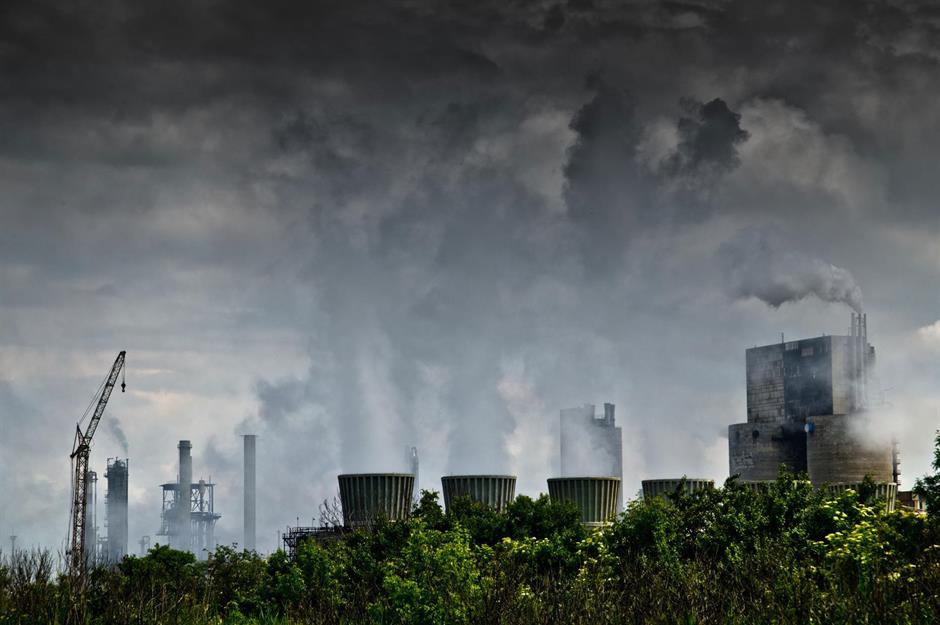
As you're no doubt painfully aware, the first truly global squeeze on energy supplies is currently wreaking havoc around the world, and particularly in Europe. Understanding why this is happening is no mean feat since a perfect storm of complex factors has created the nightmarish scenario we find ourselves in.
Read on as we track the turbulence that led up to the current energy crisis, and find out how different countries are fighting rising costs. All dollar amounts are in US dollars.
Cause 1. Conflict between countries
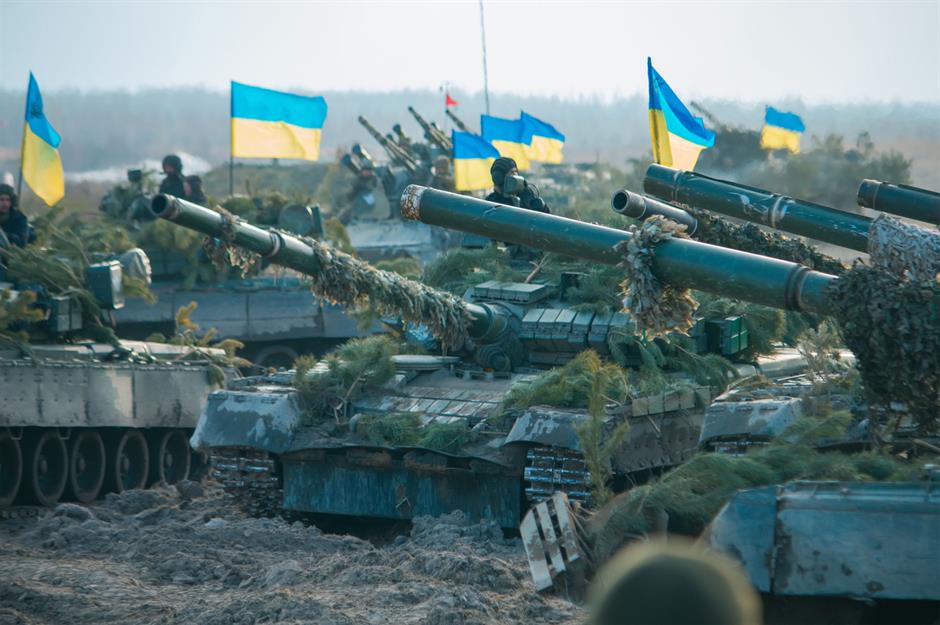
Geopolitical strife, ranging from mild disputes between countries to all-out armed conflict, is a key cause of the energy crisis.
Unsurprisingly, the war in Ukraine is having the most devastating impact. Moves by Western countries to ban Russian oil and phase out its natural gas, coupled with the Kremlin's unpredictable delivery cuts and fears that the Putin regime will "turn off the taps" this winter, have resulted in soaring prices.
Russia might already have made good on its threat to halt gas supplies. On 31 August, Russia's state-owned energy corporation Gazprom announced the closure of the major natural gas pipeline Nord Stream 1 for "maintenance", and on 5 September the Kremlin went on to suggest that gas supplies would not resume until the West lifts all sanctions against Russia. And the situation has just worsened considerably...
Cause 1. Conflict between countries
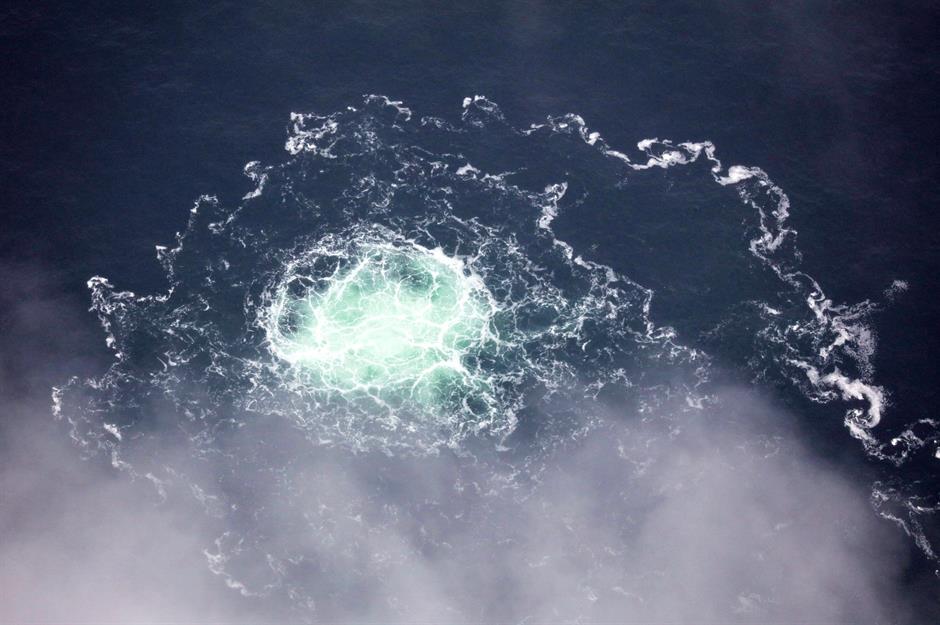
In the latest shock development, a series of massive gas leaks have erupted from sections of the Nord Stream underwater pipelines that carry natural gas from Russia to the EU. As of 30 September, four leaks have been found in Swedish and Danish waters, with Denmark's armed forces stating that the largest leak had caused a surface disturbance over 0.6 miles in diameter.
The culprit? As Reuters has pointed out, each pipeline "consists of about 100,000 24-tonne concrete-weight coated steel pipes laid on the seabed" at a depth of between 80m and 110m. The robustness of the pipeline and sheer number of leaks make it difficult to claim that anything other than sabotage is to blame. The growing consensus is that the attack was perpetrated by Russia as a means of punishing the EU and displaying its ability to inflict harm on its adversaries – an allegation that Russia has dismissed as "predictable and stupid". Investigations are underway.
Cause 1. Conflict between countries
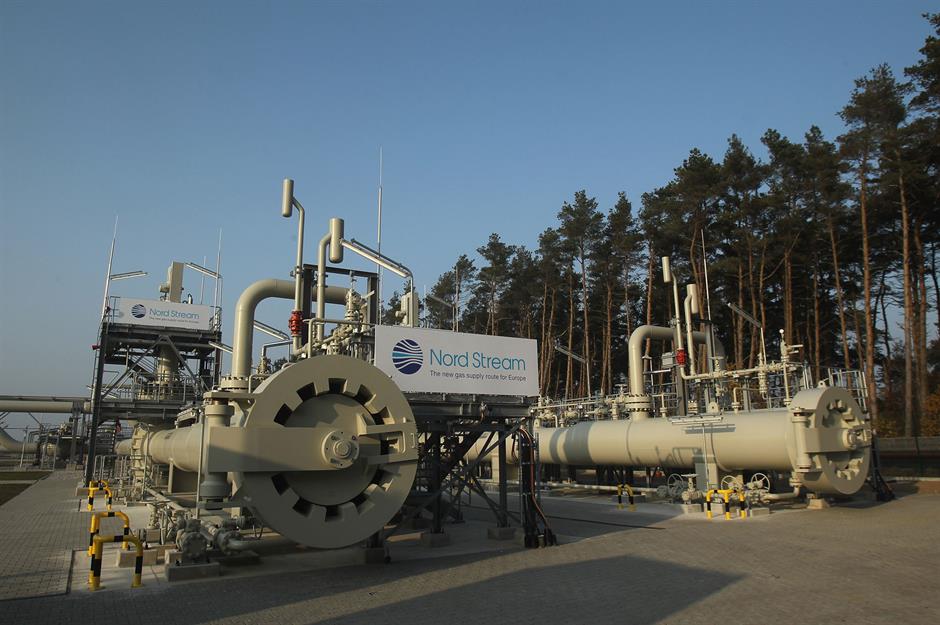
The countries that are the most dependent on Russia for natural gas are at the sharp end of the crisis. Germany is one prime example.
Italy too is feeling the pinch, with Reuters reporting that the country's net energy imports are set to double this year to a colossal $100 billion (£84.5bn).
Even nations with reduced dependency on Russian natural gas – such as the UK – are feeling the ripple effects in a drastic way due to surging prices on the international market as Western nations jostle for alternative suppliers.
Cause 1. Conflict between countries
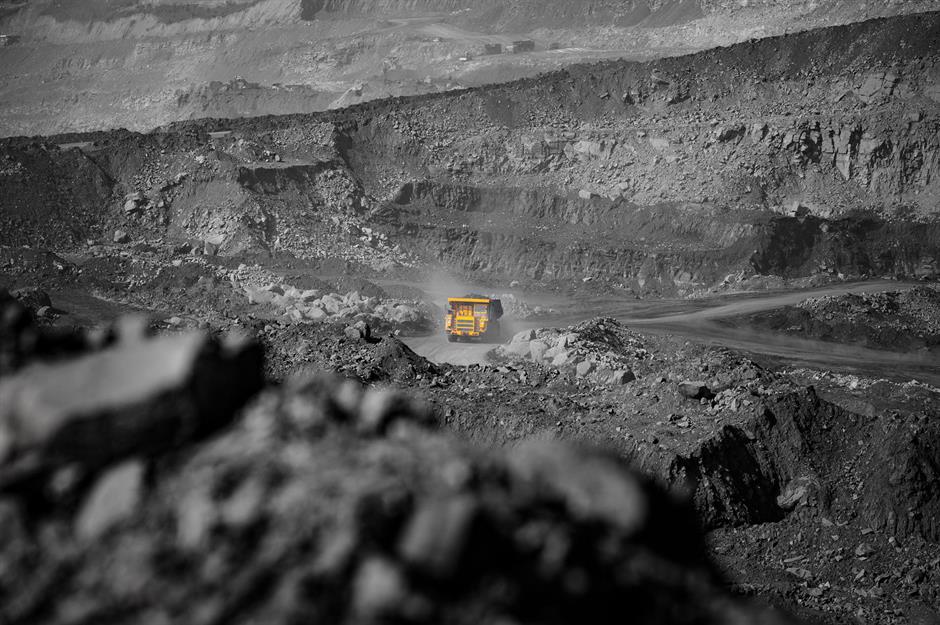
In addition to the war in Ukraine, another geopolitical cause behind the energy crisis is China's unofficial block on imports of Australian coal.
Beijing imposed the ruling in 2020, with reports suggesting it was a move to punish the Aussie government for suggesting that an investigation be held into the origins of COVID-19.
This ban has resulted in higher coal prices worldwide. In a more general sense, the trend towards deglobalisation and fragmented markets is contributing to energy trade disruption and steeper costs.
Cause 2. Post-pandemic demand
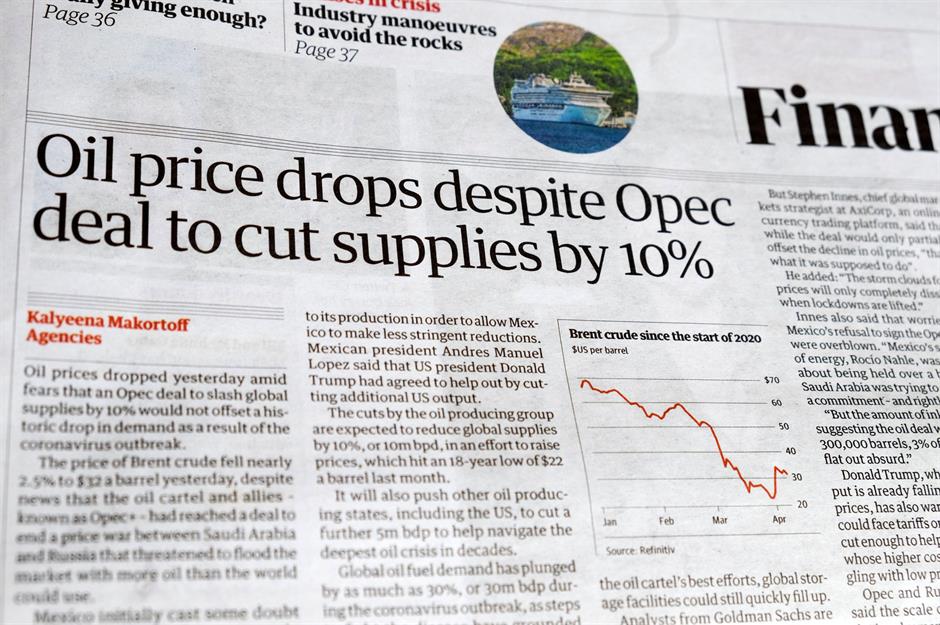
Demand for energy plummeted during the darkest days of the pandemic as people were forced to stay at home, with prices for natural gas and oil plunging to historic lows.
By mid-April 2020, crude oil prices had tanked so spectacularly that sellers were actually paying to offload the huge volumes they had accumulated. As business fell away, production decreased dramatically.
Cause 2. Post-pandemic demand

When economies around the world reopened in 2021, demand suddenly mushroomed.
Yet the energy companies simply haven't been able to meet it. Amid the pandemic, the major firms cut back on investment, while the drop in output prompted producers to postpone maintenance, which has further constrained supply.
Cause 2. Post-pandemic demand
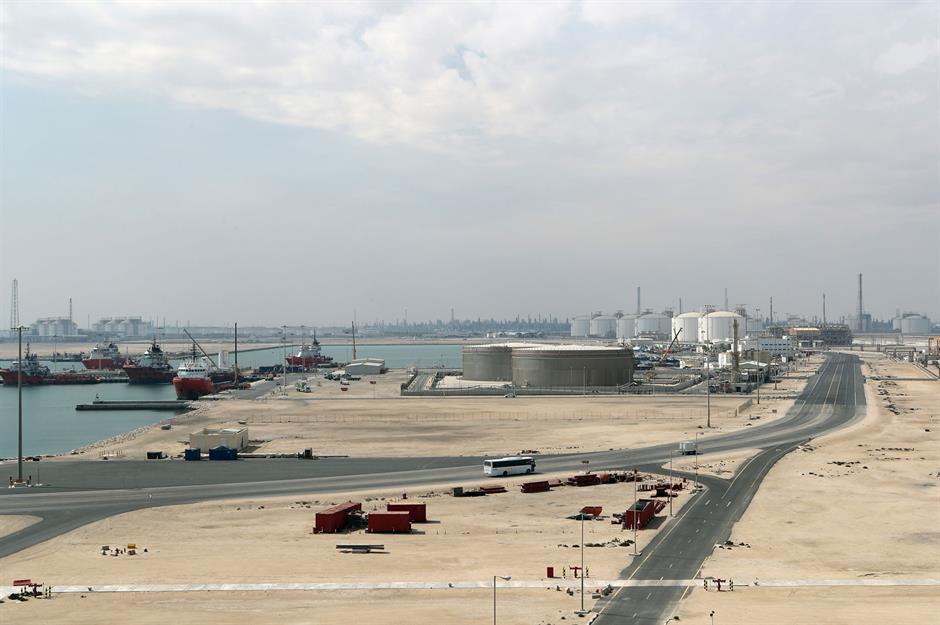
In terms of oil and natural gas, the UK and Norwegian areas of the North Sea Continental Shelf have been most affected, alongside the liquefied natural gas (LNG) plants in Australia and Qatar's Ras Laffan, which hosts the world's largest LNG exporting facility.
Maintenance issues brought about by the pandemic have also plagued nuclear power stations, diminishing output.
Cause 3. Extreme weather
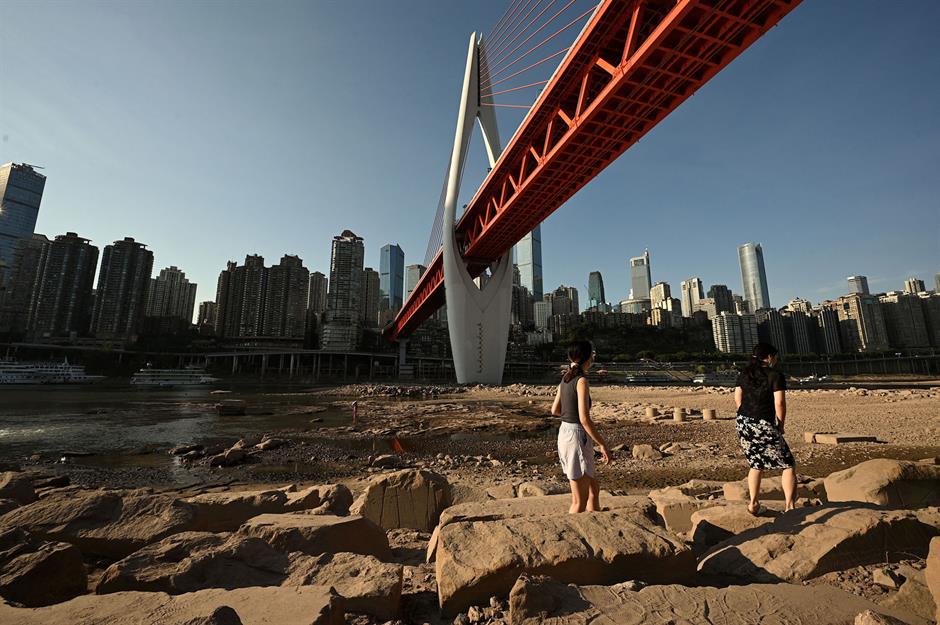
A seemingly never-ending succession of freak weather events, largely driven by climate change, has also been pummelling the already beleaguered global energy markets.
This is resulting in what's known as "climateflation", with weather-related supply interruptions and spikes in demand pushing prices up.
Cause 3. Extreme weather
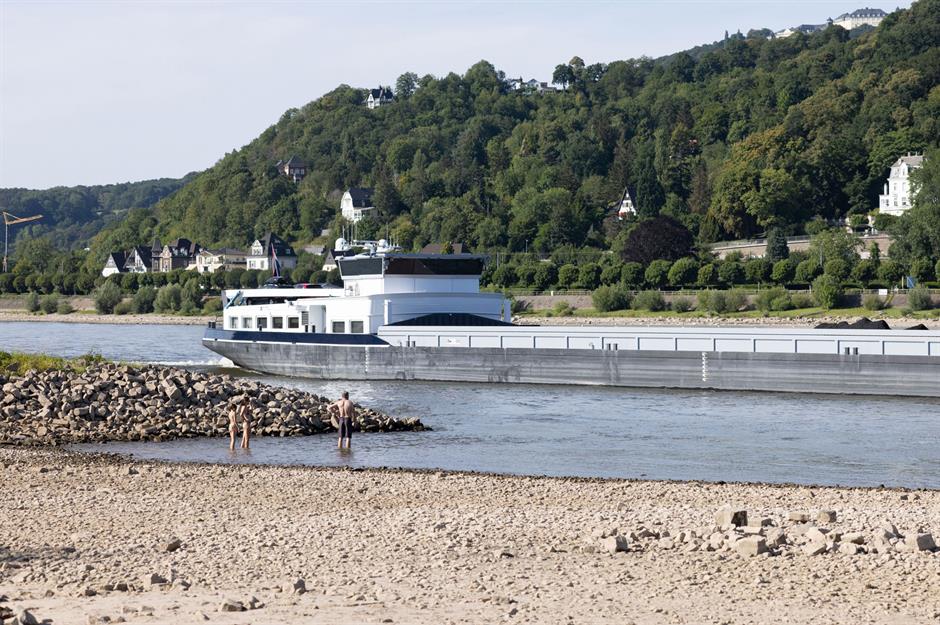
In the past few months alone, severe droughts across Europe, Africa, China and elsewhere have dried up rivers, which has disrupted hydropower generation and coal deliveries by barge.
Country after country has been scorched by extreme heatwaves. Dangerous record-breaking temperatures have prompted nuclear plant closures in France, triggered coal shortages in India, and forced hundreds of millions of Chinese citizens to turn on the air conditioning, with all of this increasing the pressure on energy grids and prices.
Cause 3. Extreme weather
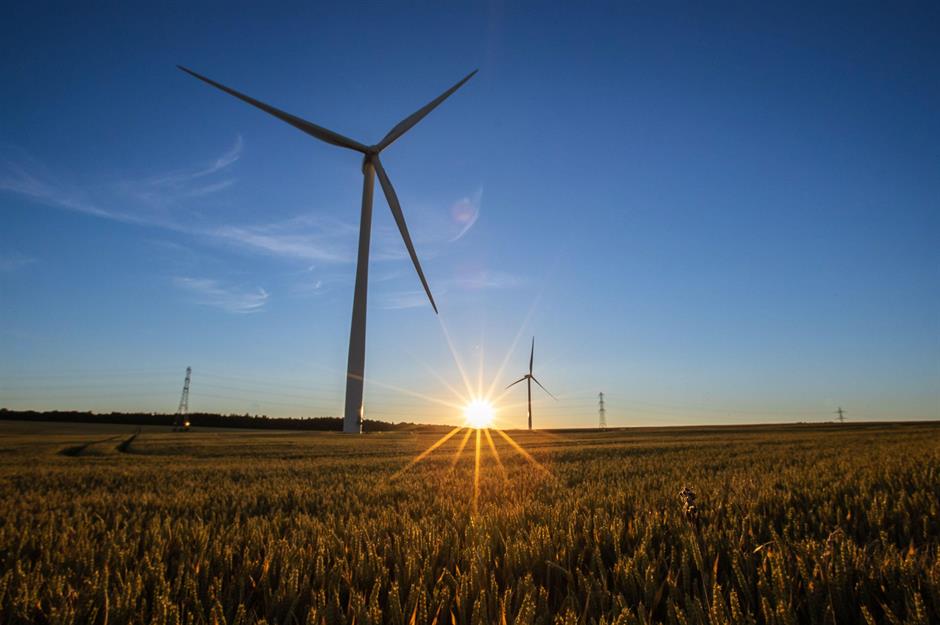
In Europe, the unrelentingly hot summer has had a dire effect on wind power generation, which also disappointed in 2021.
But all this sizzling weather must be working wonders for the solar energy industry, right? Wrong. You'll be dismayed to learn that solar panels struggle to produce power during heatwaves, with output down by as much as 25%.
Cause 4. Storage headaches
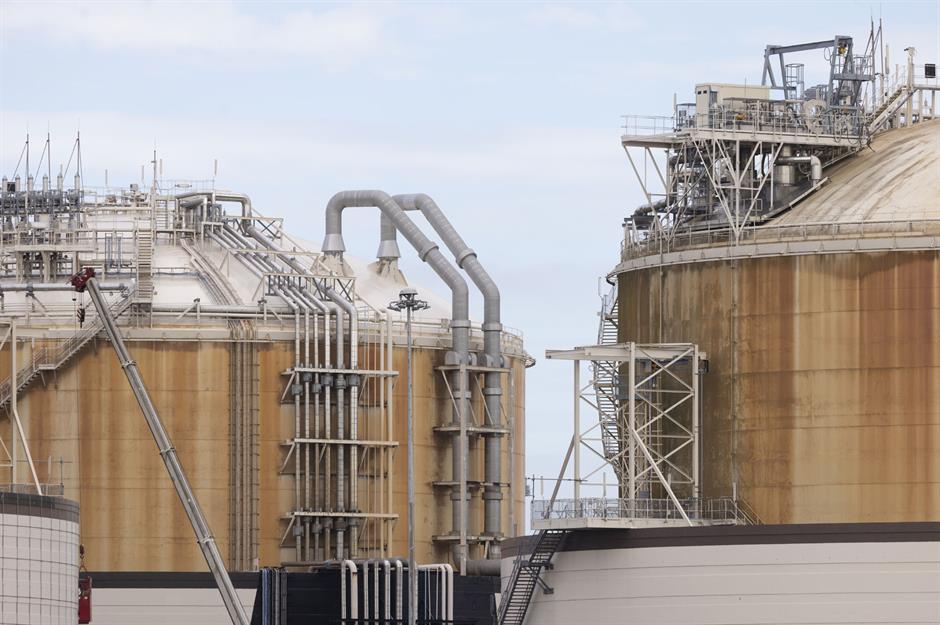
The lack of adequate storage capacity for LNG and renewable energies is compounding the power crunch, particularly in Europe.
The EU, for instance, entered last winter with the lowest natural gas storage levels for a decade and is desperately lacking storage for renewable energies such as solar and wind power.
Cause 4. Storage headaches
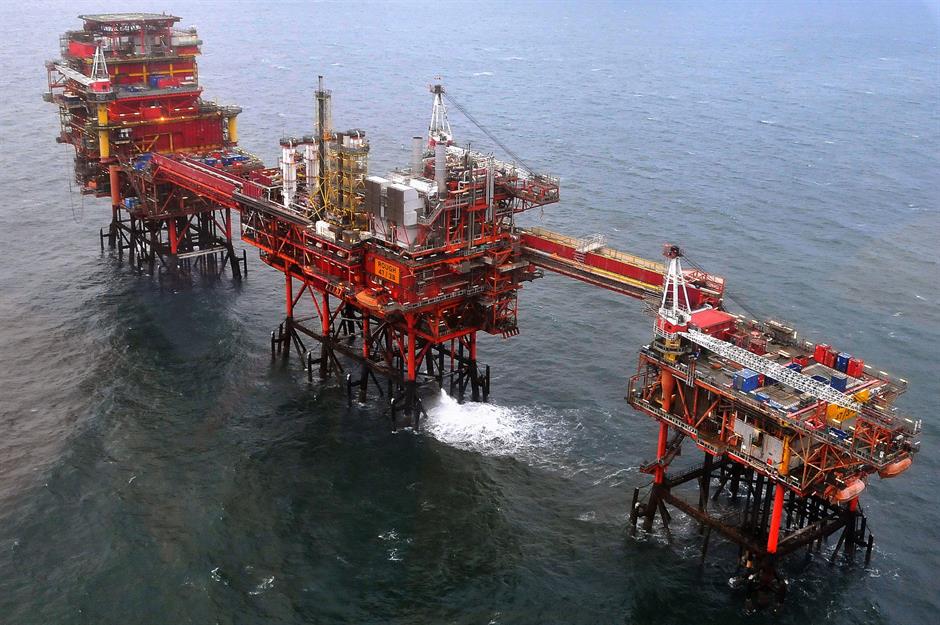
According to the European Association for Storage of Energy (EASE), new installations capable of storing 14GW of energy are required annually. However, in 2021, the total capacity of the new facilities installed was less than a gigawatt.
The UK is in an even more precarious position. The country's largest gas storage facility, located off the Yorkshire coast, was shut down in 2017 due to safety concerns, despite warnings that it would increase Britain's reliance on imports.
Cause 4. Storage headaches
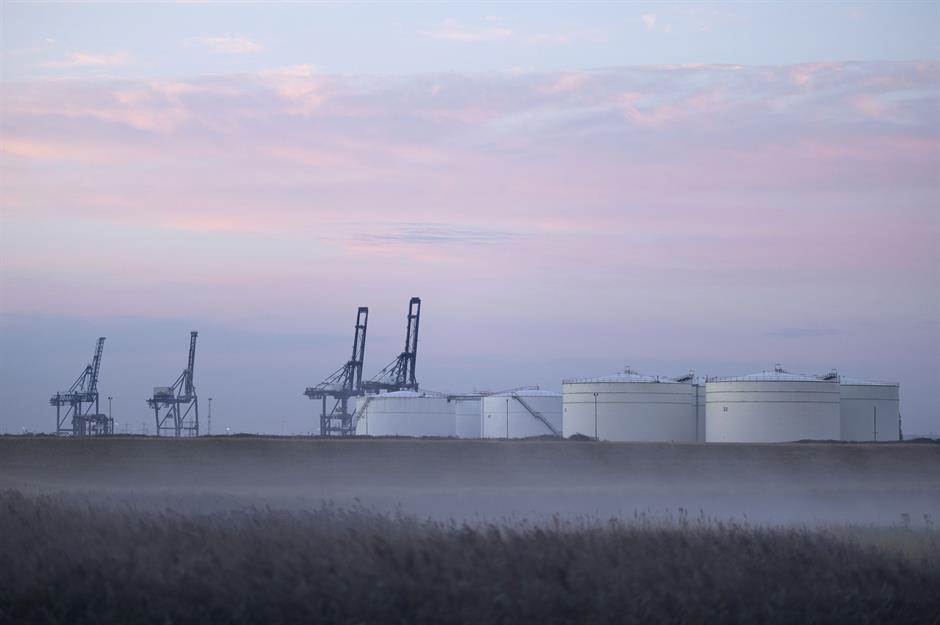
An application has since been made to reopen the plant, but its closure, which was partly also due to economic reasons, has worsened the UK's energy crisis.
The country is also seriously short of storage for renewables. Research by Highview Power, the nation's leading developer of long duration energy storage shows that, between September 2021 and July 2022, over 1,300GWh of wind energy was wasted due to a lack of storage.
That's enough to power half a million homes a day.
Cause 5. OPEC+ intransigence
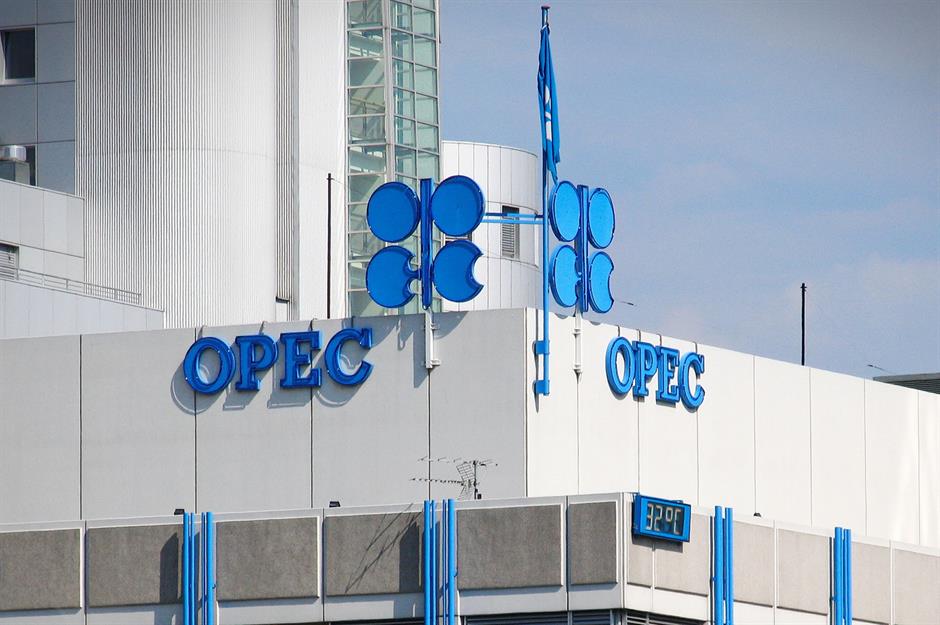
The Organization of Oil Exporting Countries (OPEC) cartel is made up of 13 major producing nations in the Middle East, Africa, and South America.
Together with the 10 additional members that form OPEC+, which include Russia, the grouping has been blasted for encouraging the energy crisis by limiting the supply of oil, which keeps prices artificially high.
Cause 5. OPEC+ intransigence
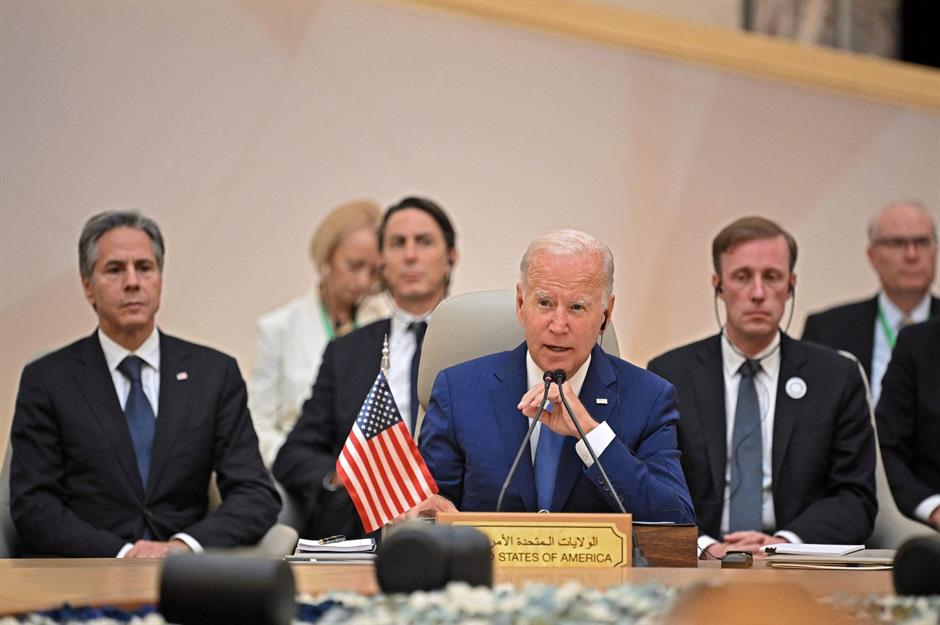
Back in May 2020, OPEC+ slashed oil production to 10 million barrels a day in a response to nosediving demand. And while it started increasing output again in 2021, the cartel has recently been producing two million fewer barrels a day relative to spring 2020.
Pleas from Western leaders to ramp up supply have been rejected, the quota for September 2022 falling way short of what is required to get prices down.
And it's looking like matters are about to get a whole lot worse. In its latest announcement, OPEC+ revealed plans to slash oil production by another two million barrels a day, a move that seems certain to push up oil prices worldwide.
Cause 5. OPEC+ intransigence
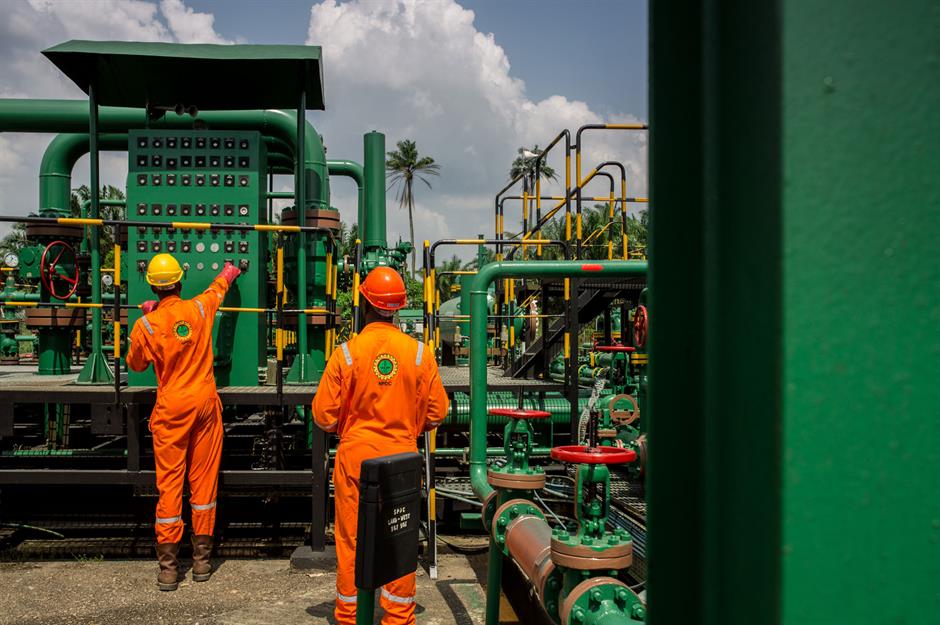
As CNN explains, the OPEC+ nations are preempting a drop in worldwide demand amid the economic slowdown taking place in China, the US and Europe.
It's also worth noting that the pandemic lull led to maintenance issues for many OPEC+ members. This, combined with a lack of spending on infrastructure, means some OPEC+ countries such as Nigeria and Angola are having trouble meeting quota increases, with the cartel insisting that the crisis is down to this insufficient investment.
Cause 6. Ageing infrastructure
.jpg)
Chronic underinvestment in energy infrastructure across the board before and during the pandemic lies at the root of the global energy crisis.
Unable to keep abreast with demand, power grids around the world are failing. Total system collapses have hit countries including Lebanon, Nigeria, and South Africa, and advanced economies are suffering too.
Cause 6. Ageing infrastructure
.jpg)
Grids in the UK and other wealthy nations are seriously flagging.
Ageing nuclear power stations in countries from the UK to France have had to be shut down due to corrosion and other issues.
Cause 6. Ageing infrastructure

Governments around the world are thankfully pumping colossal sums of money into upgrading infrastructure, most notably the US and China.
However, these improvements won't happen overnight. In the meantime, outdated and inefficient systems will continue to hamper supply, resulting in strong pressure on prices.
Cause 7. Nuclear power phaseout

The energy crisis can be partly traced back to the 2011 Fukushima nuclear disaster, which was triggered by the catastrophic Tōhoku earthquake and tsunami.
The worst nuclear accident since Chernobyl in 1986, it prompted the Japanese government and other administrations around the world to begin phasing out nuclear power for safety and environmental reasons.
Cause 7. Nuclear power phaseout
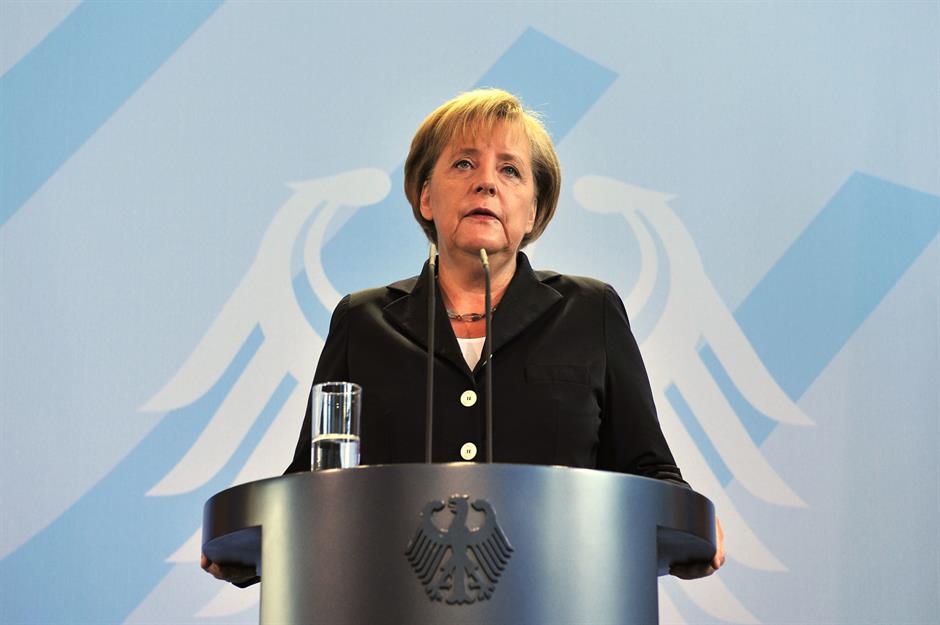
Aside from Japan, Germany has made the strongest commitment to ditching nuclear.
Following the Fukushima disaster, Chancellor Angela Merkel announced the phasing out of every single one of the country's 17 nuclear reactors, which were producing almost a quarter of Germany's electricity. A deadline for the closures was set for the end of 2022.
The idea was to replace them with renewable resources but, as it turned out, much of the shortfall has been made up from coal and Russian natural gas.
Cause 7. Nuclear power phaseout
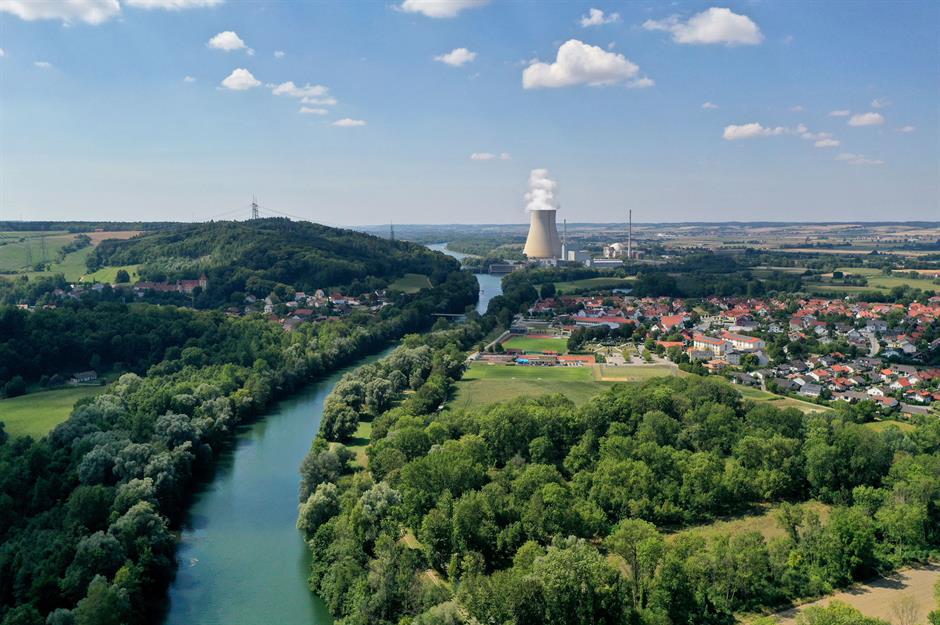
This has left Germany especially vulnerable. Had the country retained all its reactors, it wouldn't be so reliant now on coal and natural gas from Russia to generate electricity, and energy prices would almost certainly be lower.
Germany is planning to keep its last three plants fired up and to delay their closure, which had been scheduled for December.
Cause 8. Energy company profiteering
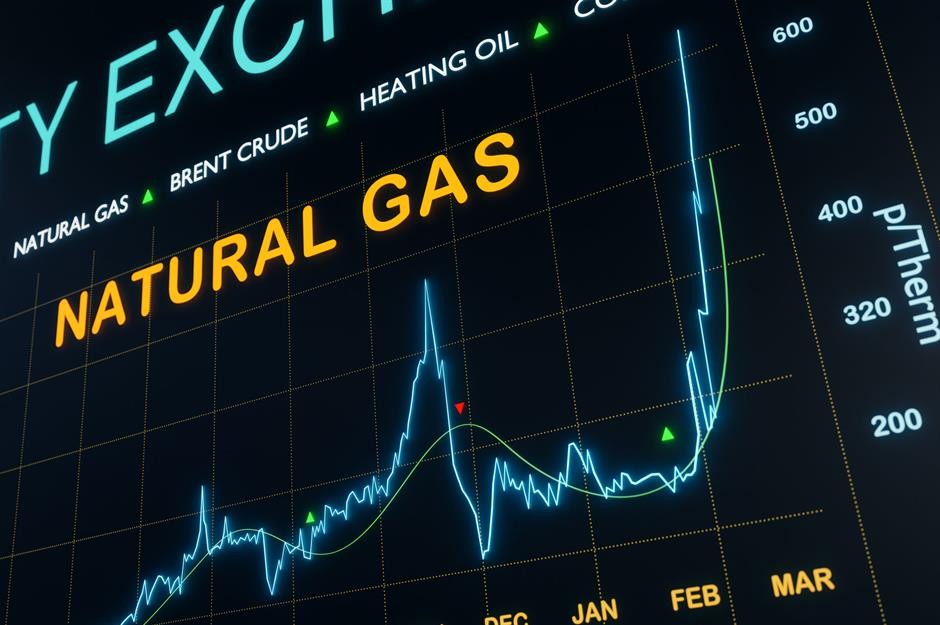
The world's major energy companies have been cleaning up off the back of exorbitant prices.
During the first quarter of this year, profits posted by the big players approached a whopping $100 billion (£84.5bn).
Instead of cutting prices, however, the leading firms have focussed on boosting their already excess profits and rewarding shareholders.
Cause 8. Energy company profiteering
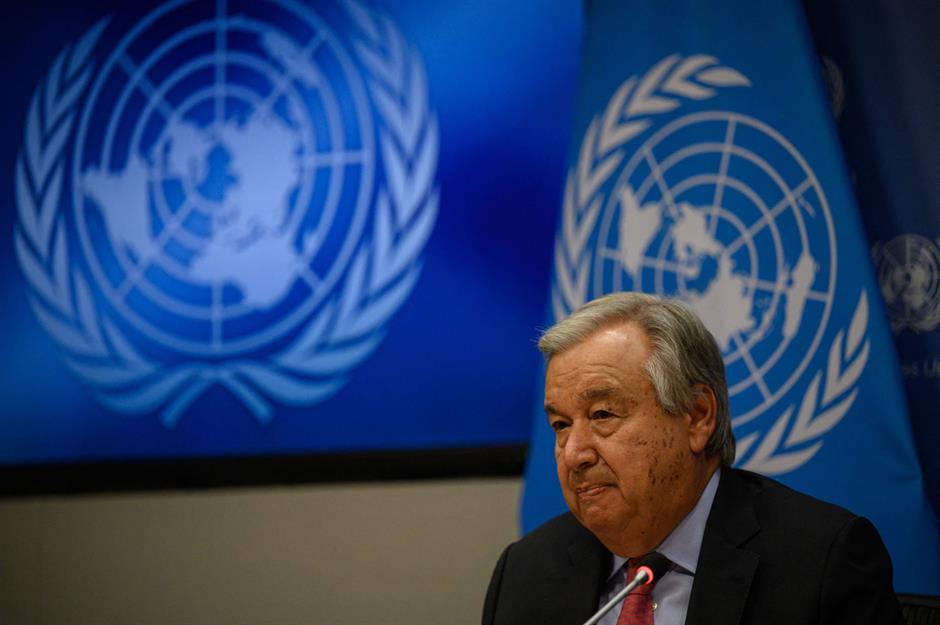
This apparent profiteering is causing widespread outrage.
UN Secretary-General António Guterres has slammed oil and gas companies for posting record profits as prices go through the roof, while a recent study by the Energy and Climate Intelligence Unit (ECIU) found that the British public blame energy firms for the Russian government limiting European gas supplies.
Cause 8. Energy company profiteering
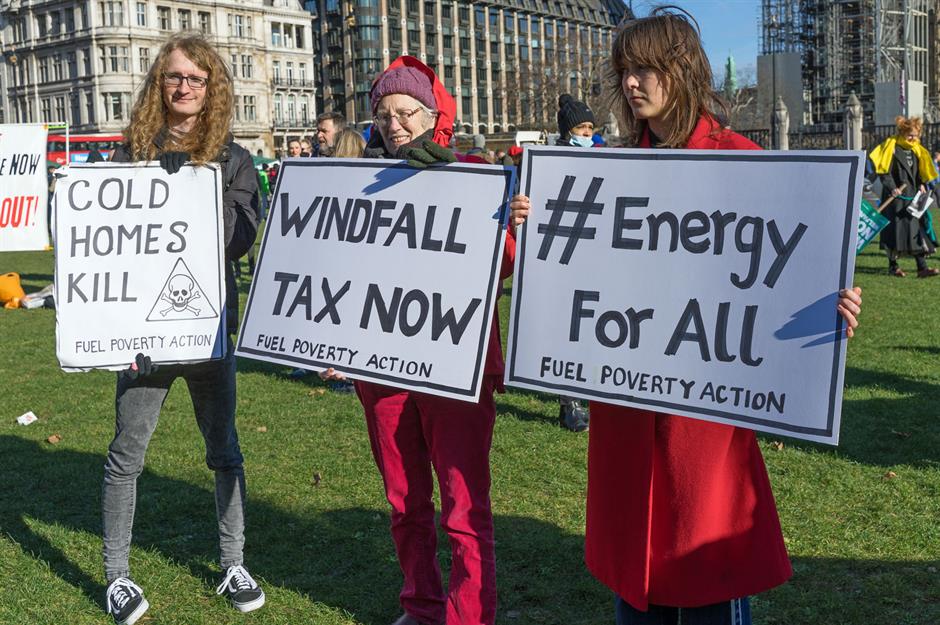
A slew of governments, including the UK, Italy, Spain, and Greece, have introduced windfall taxes.
However, most have resisted calls to impose levies on the major energy companies, possibly out of concern that the increased tax burden could be counterproductive and raise prices.
It could also damage investment and harm pension funds, which hold large stakes in oil and gas firms.
Cause 9. Fossilflation

Along with climateflation, "fossilflation" is another new buzzword that economists are applying to the global energy crisis.
The term refers to the increasing costs associated with fossil fuels, a factor that underpins the world's power crunch.
In a nutshell, polluting energies such as oil and coal have become more expensive to extract and are subject to increasingly dramatic price hikes.
Cause 9. Fossilflation
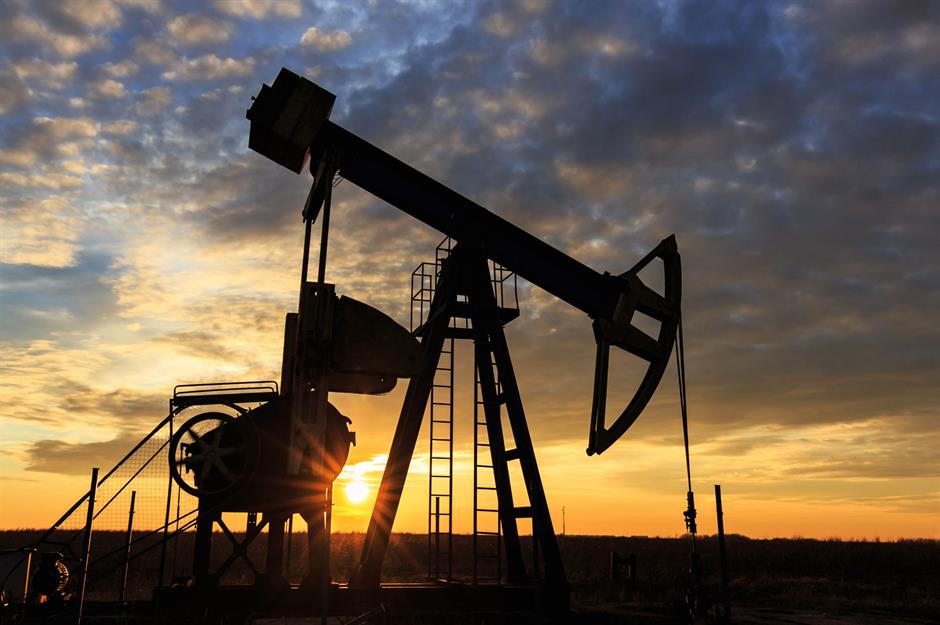
Renewable energies have overtaken fossil fuels as the cheapest energy sources once up and running. Yet, due to our continued reliance on the latter, fossilflation is becoming increasingly pronounced.
The world remains at the mercy of volatile fossil fuel markets and their tendency to periodically skyrocket in price.
Cause 9. Fossilflation

Renewables come with their own set of problems that impact supply, with the aforementioned wind turbines failing to function in still weather and solar panels underperforming during heatwaves being just two cases in point.
But a full – or at the very least extensive – transition to carbon-neutral energy sources is likely to result in more stable markets say experts, as well as fewer harmful emissions.
Cause 10. Transition woes
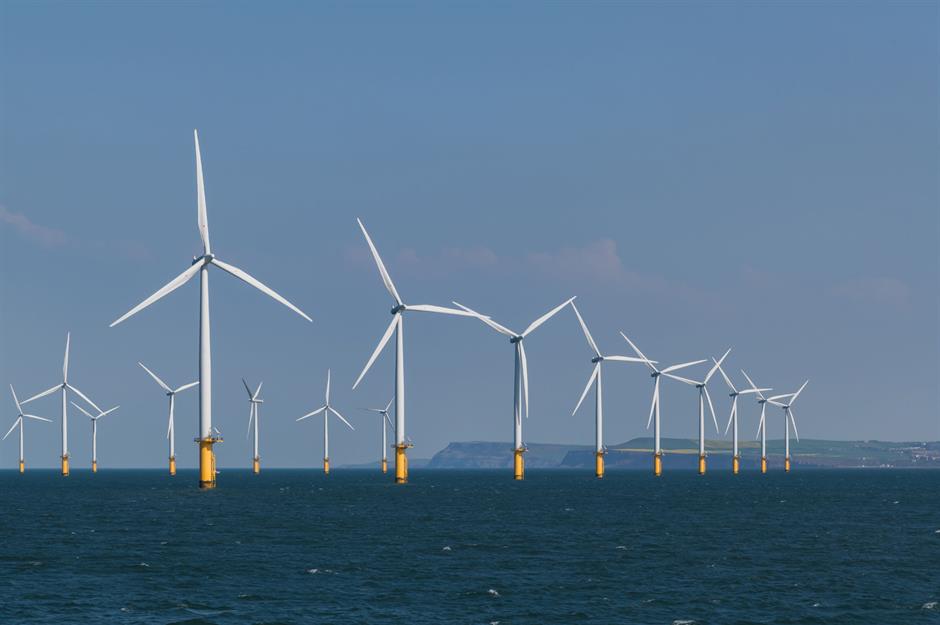
But on the flipside, the green transition has also played its part in the energy crisis.
The UK government, for instance, mothballed the nation's coal plants and invested heavily in wind power. But when the wind stopped blowing in summer 2021, the UK, which would have once burned coal to make up the shortfall, had to turn to the expensive international Gas Spot market instead.
Cause 10. Transition woes

Then there's the whole concept of greenflation.
Another new term popular with economists right now, "greenflation" refers to an increase in prices as a result of the shift to a carbon-neutral economy.
In short, transitioning from fossil fuels to cleaner energies doesn't come cheap. The changeover has led to higher prices for energy and the commodities used in green technologies, such as cobalt and nickel.
Cause 10. Transition woes
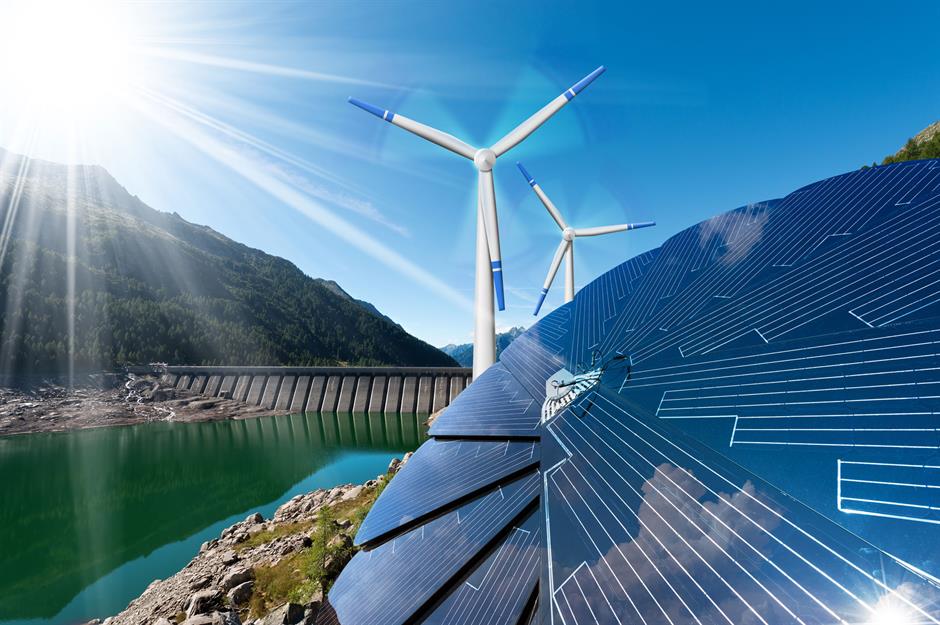
That said, once the technologies are operational, costs tend to be substantially lower compared to fossil fuels. This means that greenflation is likely to be transient rather than something we'll have to deal with indefinitely.
It's a case of short-term pain for long-term gain. But that offers little comfort to the billions of people who are currently grappling with grossly inflated bills, which look set to climb even higher in the near future.
Cause 11. Lack of government planning
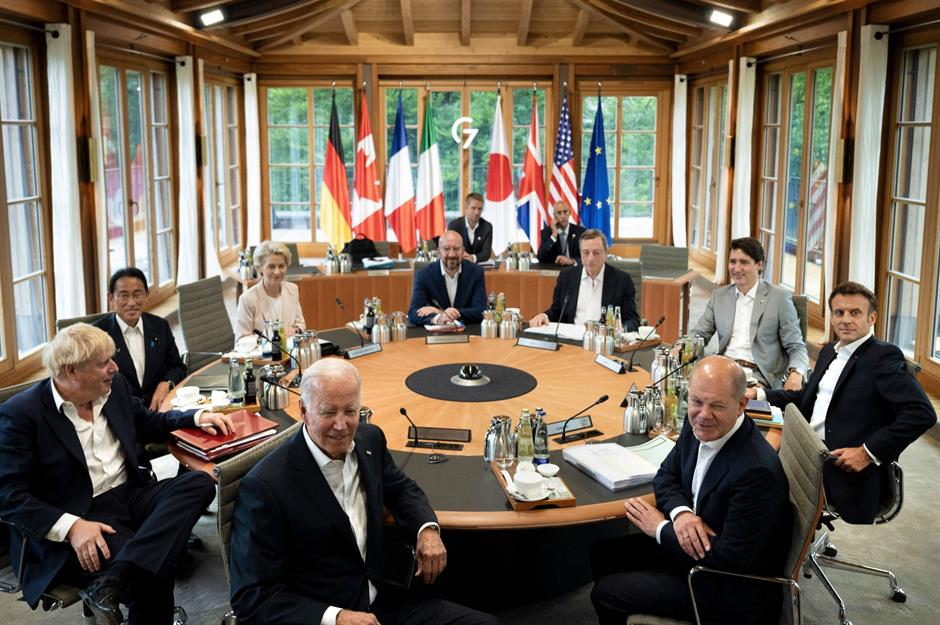
Some nations have been woefully unprepared for rising fuel costs, governments failing to insulate their citizens from rising global prices. For instance, most UK homes are heated by natural gas, this being in part due to the use of gas fields in Britain's North Sea. But these gas fields have now been largely depleted, meaning that most UK natural gas is imported from abroad. This leaves UK citizens vulnerable to fluctuations in global gas prices.
Many nations, including France, the Netherlands, Ireland, and Denmark, have effectively banned fracking – a process through which natural gas is extracted from shale rock – typically due to local concerns about earth tremors and opposition from green groups. Instead, many of these nations import much of their natural gas, again exposing their economies to global prices.
To make matters worse, many countries have found themselves addicted to Russia's cheap gas and oil, failing to question Russia's suitability as a trading partner even after its 2014 annexation of Crimea. According to the BBC, in 2021 Russia provided 40% of the EU's natural gas and 27% of its imported oil. By far the worst offender has been Germany, which imported an enormous 56.2 billion cubic metres (1.98 trillion cubic feet) of natural gas from Russia last year.
Now let's take a look at how different European nations are tackling the energy crisis...
Germany
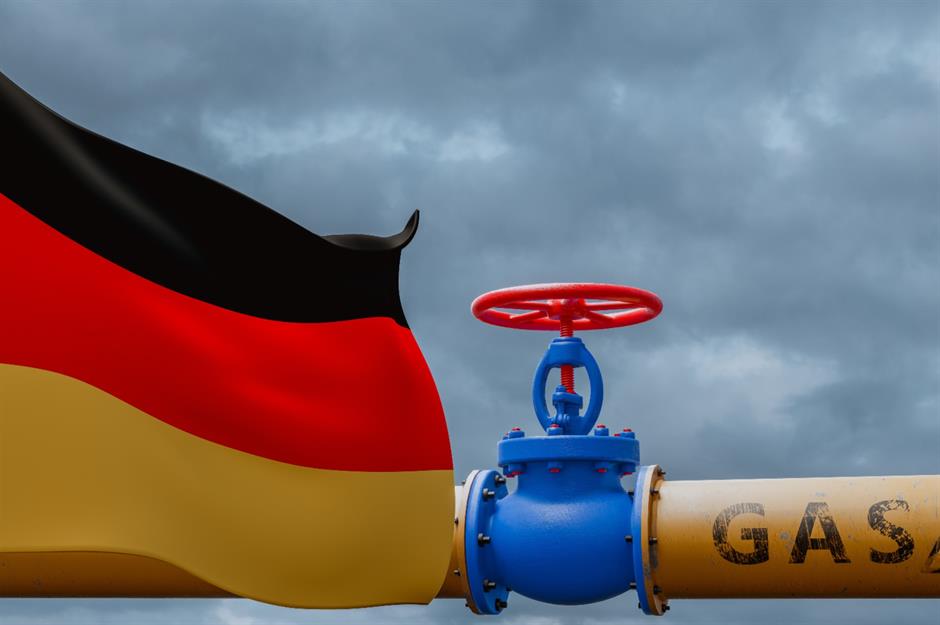
Germany has introduced new measures to slash energy usage, which came into effect on 1 September. Public buildings – with the exception of institutions like hospitals – are heated to a maximum of 19°C (66°F). In some instances, heating is turned off entirely in foyers and corridors. In addition, buildings and monuments are no longer illuminated for aesthetic purposes, and businesses could be banned from lighting up their storefronts at night. The ban also covers the heating of private swimming pools.
The German government hopes that the new measures will reduce gas usage by 2%.
Germany

In September, the German government agreed to the nationalisation of German-based Uniper, which is one of Europe’s largest gas companies. The move is a bid to prevent energy shortages due to Russia’s war in Ukraine.
The German government previously bailed out Uniper with a €15 billion ($14.6bn/£13.1bn) rescue deal after it fell victim to the Russian gas squeeze. After buying out the shares it didn't already own, Germany will own around 98.5% of the gas giant. "The decision was made to ensure security of supply for Germany," said German Economic Affairs and Climate Minister Robert Habeck.
United Kingdom
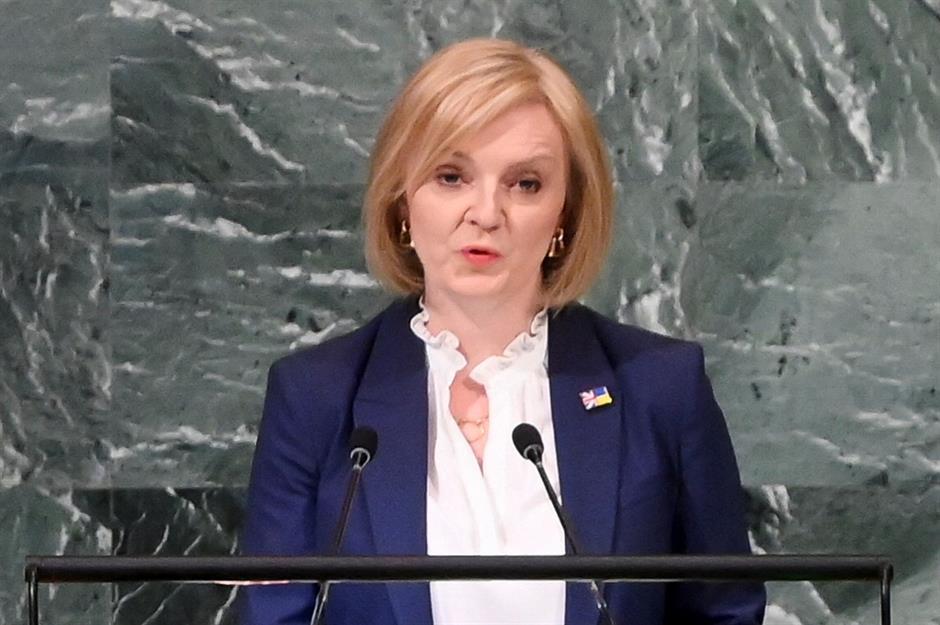
The UK government has imposed a price cap on energy bills – a limit on the maximum amount charged per unit of electricity. A household bill will be higher or lower depending on the amount of electricity used, but for the energy use of a typical household the upper limit on the bill sits at around £2,500 ($2.7k) per year. This is below the £3,548 ($3.9k) some households would have to pay without the intervention. UK households will also receive a £400 ($441) subsidy cheque.
Additionally, the UK government will set up a fund of £40 billion ($44bn) with the Bank of England to help energy companies access extra liquidity to fight surging energy prices. The Energy Markets Financing Scheme will provide stability for energy markets and help to cut costs. Prime Minister Liz Truss (pictured) announced the sweeping package – which will cost the UK Treasury billions – in September.
United Kingdom
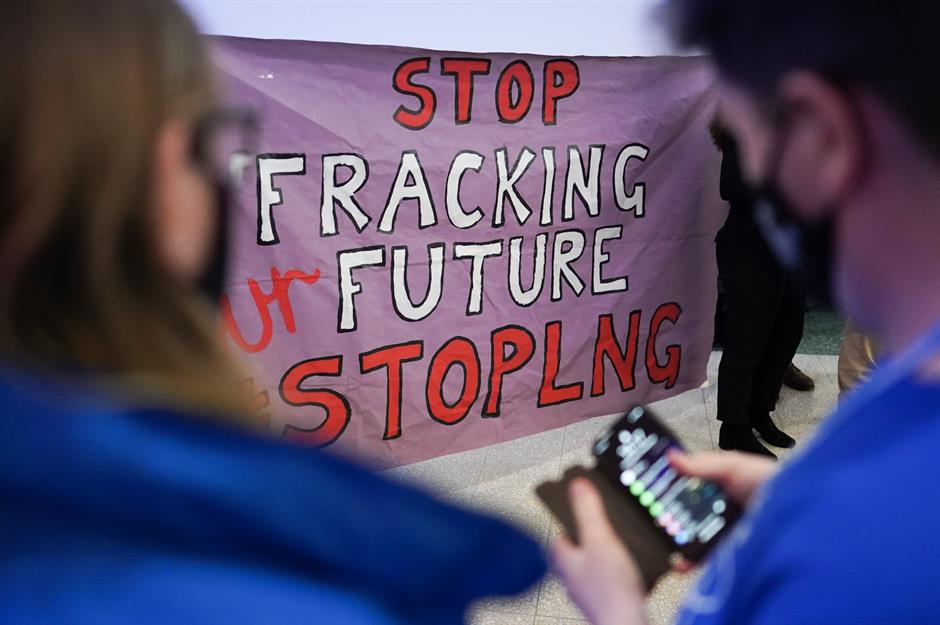
In a controversial move, the UK government has also removed the ban on shale gas fracking in England to boost domestic energy supplies. Fracking has been widely opposed by activist groups and local communities, and was banned in 2019 after industry regulators said it was impossible to predict the magnitude of earthquakes the drilling might trigger.
However, Liz Truss announced in September that fracking would be allowed in areas where it was supported by communities. Some experts have slammed the decision, claiming it would do nothing to decrease energy prices over the winter. "Even if the risks proved to be manageable and acceptable, shale gas would only make a significant impact to UK supply if, over the next decade, thousands of successful wells were to be drilled," said Andrew Aplin, Honorary Professor at Durham University.
France
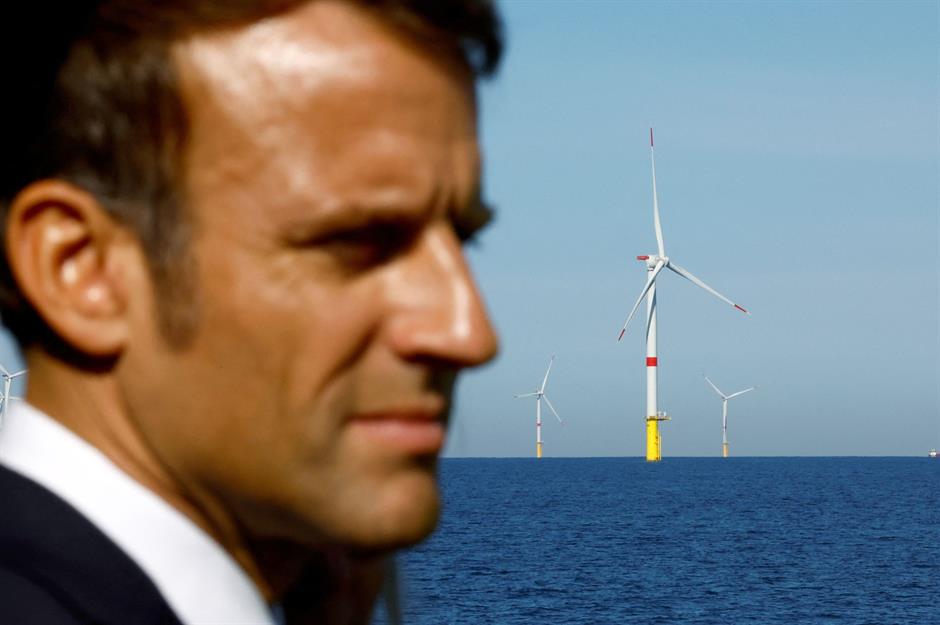
French President Emmanuel Macron (pictured) has called on citizens to reduce their energy consumption over the winter months by at least 10%. Unless people use less air conditioning and heating, Macron has stated that France could face energy rationing and cuts. "The answer is up to us," Macron said on 5 September, while warning that obligatory cuts could be introduced if voluntary efforts fail.
Additionally, rising energy prices in the country are increasing the operating costs of public and private sector facilities in France. Therefore, facilities like swimming pools, gyms, ski resorts, libraries, and schools could face closure over the winter if action is not taken to curb the rising costs. According to the European Energy Exchange, year-ahead electricity prices in France increased by 25% to €1,130 ($1k/£1k) per megawatt-hour, the first time the price of electricity in the country surpassed €1,000.
France
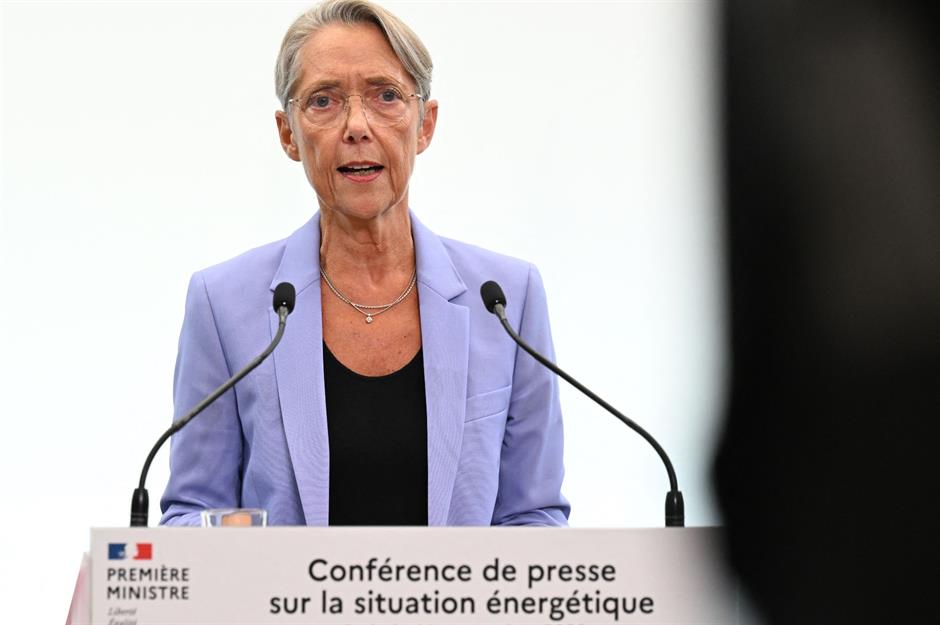
France's Prime Minister, Elisabeth Borne, has announced that France is set to cap power and gas price increases for households at 15%. The cap will come into effect in January 2023 in a plan that will cost the government €16 billion (£14.4bn/$15.5bn) but will prevent household bills from more than doubling.
In addition to the cap, France will provide grants of up to €200 (£178/$192) for 12 million of the poorest households impacted by the energy crisis. "We are determined, just like at the beginning of the crises that we face, to act, adapt and protect the French people and our economy", Borne said earlier this month.
Spain
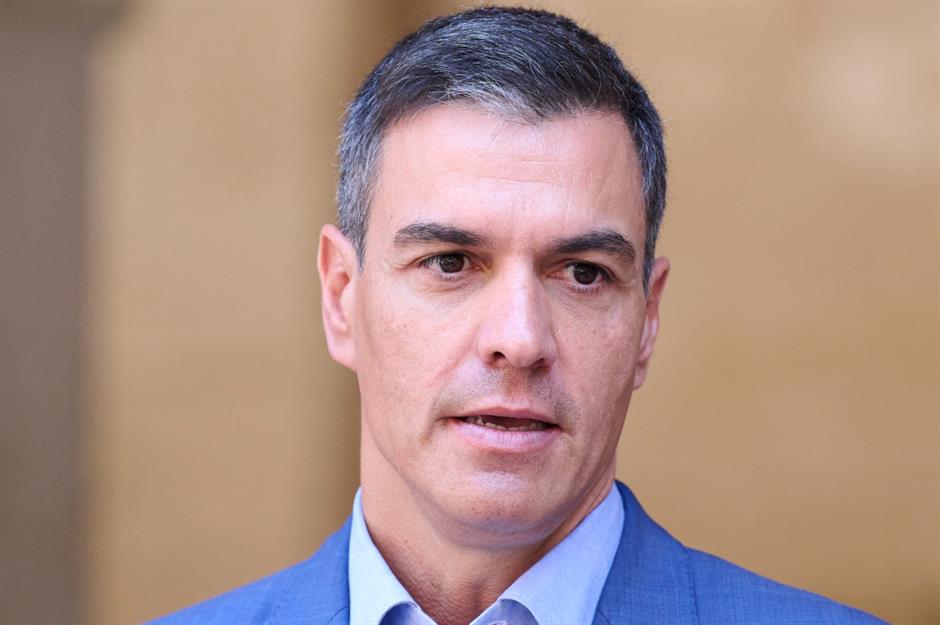
In June, Spain was allowed to bypass EU rules and subsidise gas bills and put a cap on natural gas prices in a move that has reportedly saved Spanish citizens €10 billion (£9bn/$9.6bn) in excessive energy costs. Spain has temporarily reduced the sales tax on natural gas from 21% to 5% to assist Spanish households with rising energy costs caused by the Russian gas squeeze. These measures also apply to the sale of firewood and biomass pellets.
In September, Spain extended its gas price cap to power plants linked to heavy industry. Prime Minister Pedro Sanchez said the government will temporarily change power market regulations relating to the use of energy derived from industrial processes such as producing tiles, concrete or fertilisers. According to Sanchez, the cap on gas prices used for electricity generation has already saved households in Spain €2 billion (£1.8bn/$1.9bn) since June.
Spain
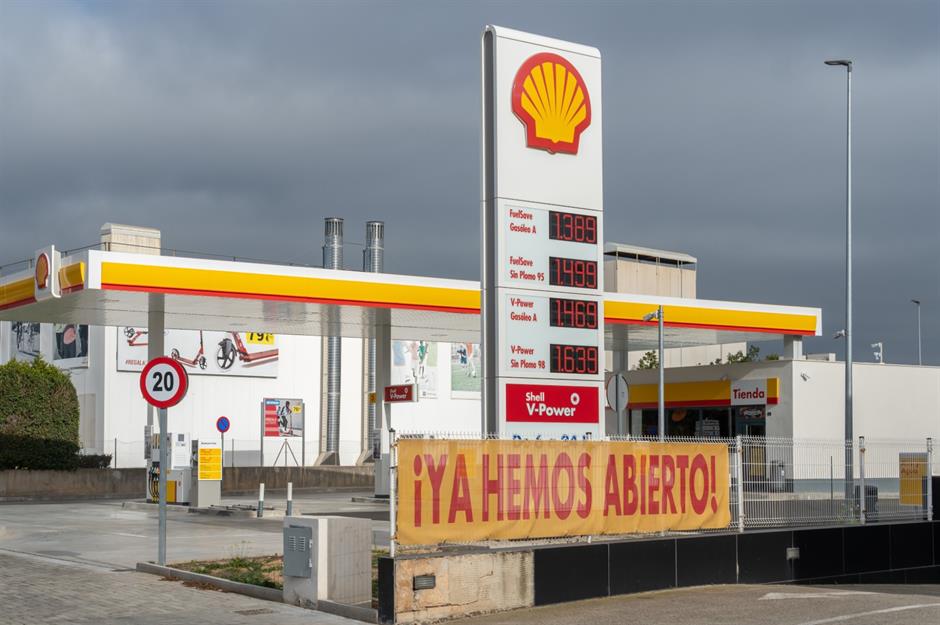
In August, Spain imposed new energy-saving measures, including that no business was allowed to cool its interior below 27°C (80.6°F) or heat it above 19°C (66°F) in winter. The new laws also included bans on the illumination of monuments, banning stores from lighting up their windows after 10pm, and requiring shops to have displays showing the temperature inside. These rules will be in effect until November 2023.
However, Spain is less dependent on Russian energy than many other European nations. While the EU-wide target for energy reduction is 15%, Spain is only asked to reduce its consumption by 7%.
Italy
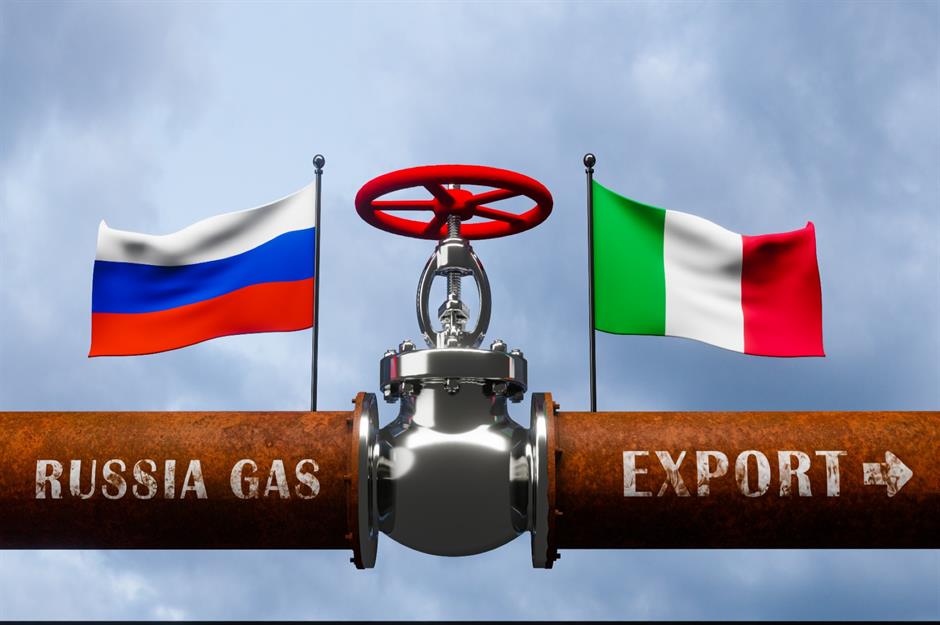
Another European nation battling the Russian gas squeeze is Italy. The ministry for the ecological transition announced new measures for the country in September, including that industrial buildings must be set at 17°C (62.6°F) and others at 19°C (66.2°F). Additionally, the government has imposed limits on how long the heating can be on each day.
The energy usage in public buildings and residential blocks will be monitored to ensure the measures are being implemented, and the government has called on Italian citizens to play their part, stating, "The goal is to promote conscious and intelligent behaviour".
Italy
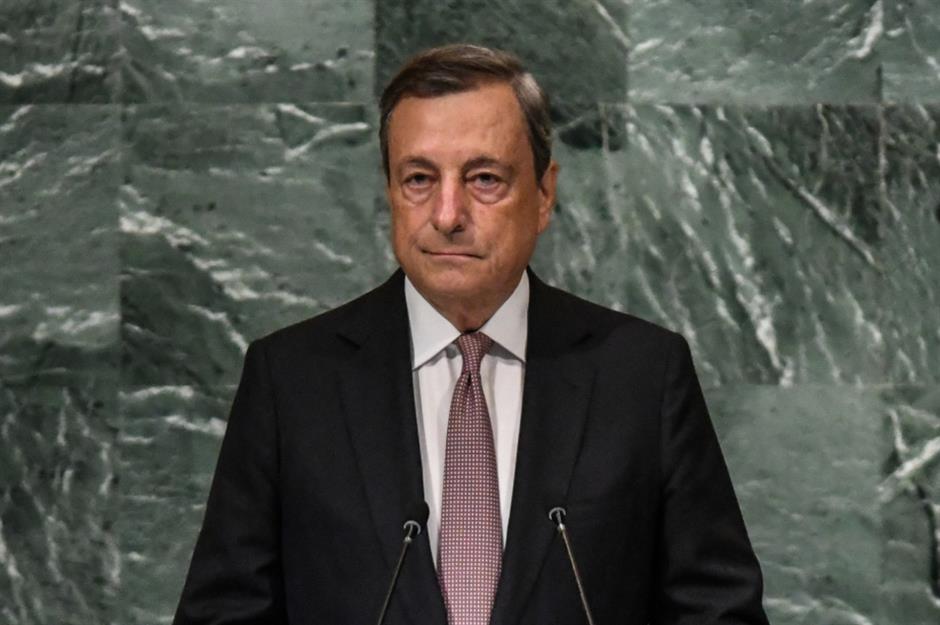
Italy also promised €59.2 billion (£52.9bn/$56.9bn) of funding to help fight the energy crisis, followed by a €14 billion (£12.5bn/$13.5bn) package of measures that were announced in September. According to outgoing Prime Minister Mario Draghi, the funding put Italy "among the countries that have spent the most in Europe" to fight rising energy costs.
Additionally, the Italian government announced a €150 (£134/$144) cost of living payment for those with yearly incomes of less than €20,000 (£18k/$19k) before tax. This will apply to around 22 million people in the country, including pensioners. Sectors including health, agriculture, sport, education, cinema, and public transport will also benefit from government aid.
Poland

Despite being one of the largest coal producers in Europe, Poland still relies on coal imported from Russia, which was banned in April. This has caused supply chain issues and driven up coal prices, and now many Polish households are struggling to afford the cost of heating this winter.
Following a failed attempt to cap coal prices, climate minister Anna Moskwa (pictured) announced in July that households that rely on coal would be given a €630 (£561/$605) grant to buy the fossil fuel. Prioritising energy security over the environment, the country has also temporarily lifted the ban on the sale of dirtier coal, in a bid to fight fuel poverty.
Poland
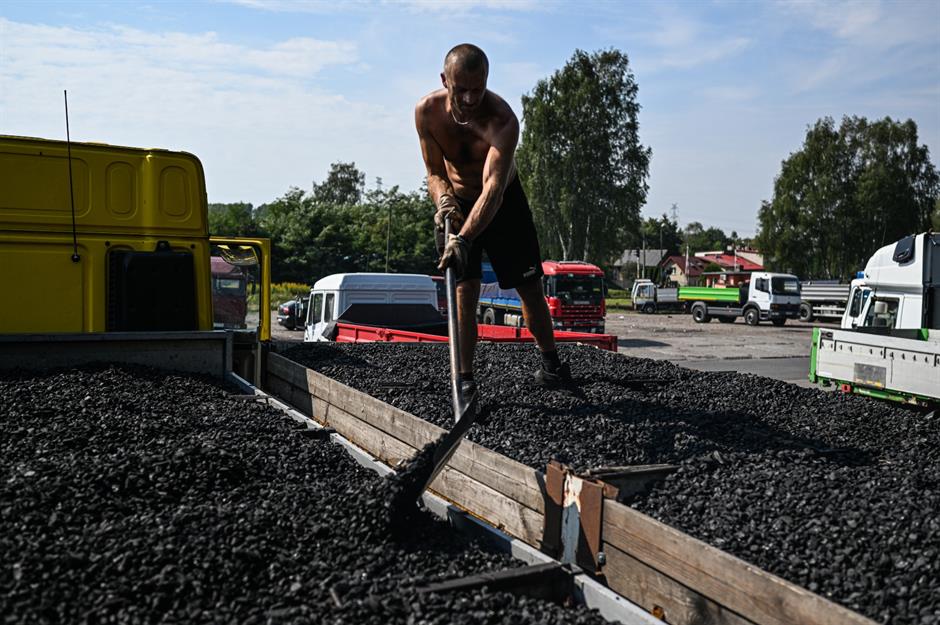
With coal in short supply and prices skyrocketing, around two million households in Poland are facing fuel shortages this winter. As a result, Polish politician Jarosław Kaczyński has urged people "to burn almost everything, of course aside from tyres and similarly harmful things" to keep warm over winter.
Kaczyński’s statement has come under fire, however, as Poland’s new measures mean that air pollution levels in the country will rise.
Now take a look at countries that have offered Ukraine the most financial support
Comments
-
REPORT This comment has been reported.
-
 GrahamMills
GrahamMills
18 October 2021What a load of tosh. The UK is not running out of Fuel we just have a distribution problem that has already nearly gone away again. But keep on the fake news to cause problems that don't exist.
REPORT This comment has been reported.5
Do you want to comment on this article? You need to be signed in for this feature
31 January 2022